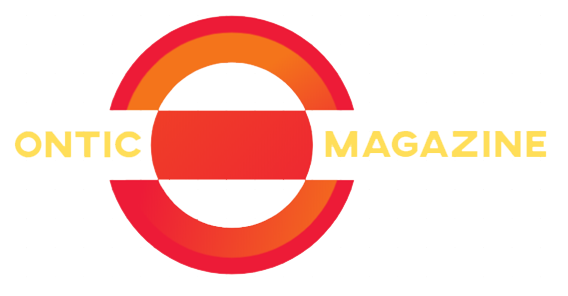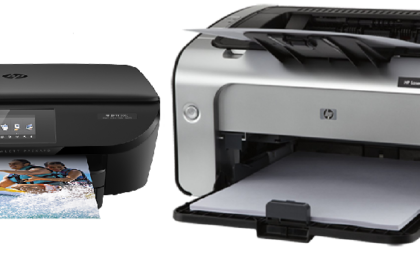For most businesses, energy is a major operational expense. Yet many lack visibility into exactly how much energy their buildings, facilities, and equipment are using on a daily basis. They end up wasting energy and missing opportunities to improve efficiency. That changes with the emergence of IoT energy monitoring. The people at Blues IoT say that by interconnecting devices and assets to track granular, real-time data on energy consumption, IoT monitoring solutions empower smarter energy decisions. Companies can analyze usage, identify issues, optimize systems, and even automate controls for continuous gains. The information edge provided by constant energy usage intelligence is enabling a new era of strategic energy management, cost savings, and competitive advantage.
Limited Visibility with Traditional Metering
In the past, facility managers relied on monthly utility bill statements to obtain basic readings on total electricity and gas usage at their buildings. The data lacked context on how much energy specific systems or equipment consumed. Organizations were left guessing why their costs were higher than last month or last year, aside from obvious factors like weather. Without itemized visibility or data history, they struggled to strategize ways to reduce waste and manage budgets. The shortcomings of traditional energy metering obstructed proactive management.
How IoT Monitoring Provides Complete Visibility
IoT energy monitoring solutions consist of installing networked sensors on assets like lighting, HVAC systems, machinery, and appliances across facilities to collect granular usage data in real-time. The energy consumption statistics all feedback to a centralized dashboard for monitoring and analysis. Because IoT solutions connect systems and infrastructure that were never connected before, they deliver complete visibility with continuous streams of data. Organizations can track kWh usage from every source, see live readings anytime, analyze trends over time, get custom usage reports, set usage alerts for exceptions, and resolve issues quickly. The comprehensive analytics empower informed decisions backed by transparent intelligence.
Budgeting and Planning with Predictive Models
Another way IoT energy data guides smarter direction is through predictive analytics. Advanced IoT software leverages artificial intelligence and machine learning algorithms to forecast future usage and spend. Models factor historical consumption, production schedules, equipment efficiency ratings and weather projections. Businesses can then plan budgets, capacity expansion projects, equipment purchases, maintenance cycles, and improvements with projected costs and energy needs in mind well ahead of time. With data modeling anticipating needs before they arise, organizations enable more informed business planning.
Automating Controls to Influence Consumption
Monitoring alone collects the intelligence companies require for better energy management, but IoT solutions also enable control. Centralized dashboards let facility administrators set schedules, demand triggers, and automate rules to remotely control systems across their network from a laptop or phone. Simple use cases include shutting off HVAC systems after hours or dimming non-essential lights. More advanced options involve staggering equipment start-up cycles to prevent peak demand charges or regulating machinery speeds based on energy cost data at different times of day. Continuous tracking allows rapid response as well, like tweaking temperatures if certain buildings exceed normal consumption levels. Closing the loop between insight and action means automated control mechanisms built into IoT monitoring platforms promote consistent efficiency.
Conclusion
In the past, understanding exactly how much energy buildings, facilities and equipment used posed a constant struggle for companies, leading to waste and missed savings opportunities. IoT monitoring solutions provide 24/7 programmed visibility into energy consumption from every wired system or asset across locations. By using IoT technology that is paired with automated control capabilities, businesses can leverage energy intelligence to make well-informed decisions, optimize energy usage, reduce costs, and ultimately increase profitability.











